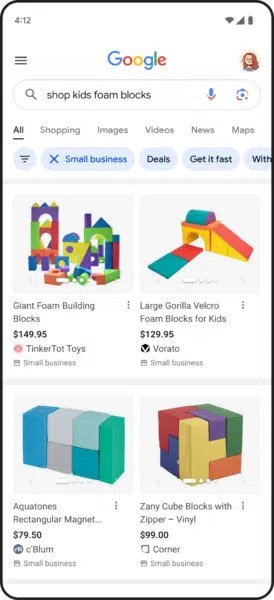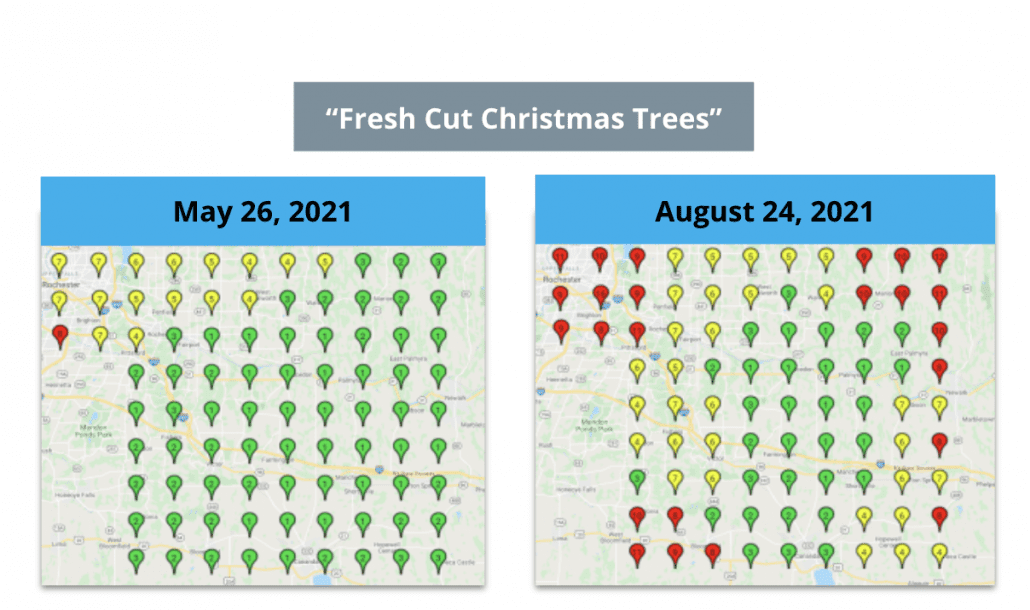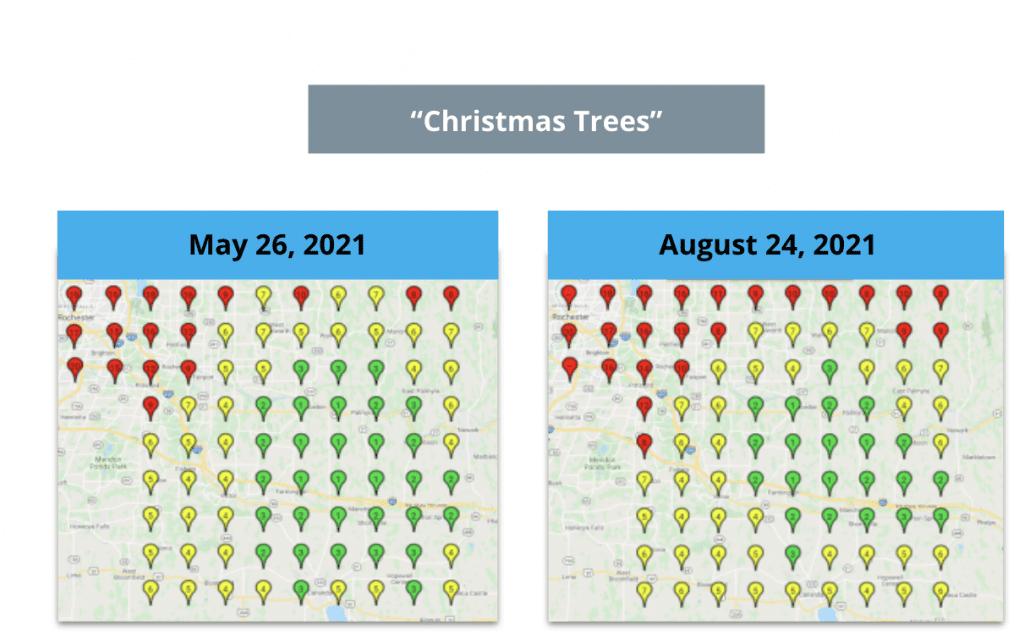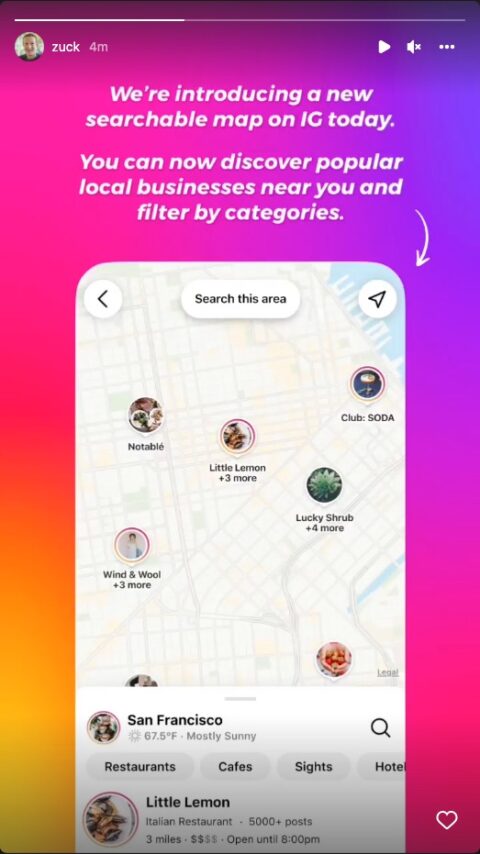Listing menu items in your Google Business Profile and having a busy shop seem to be powerful ways to help your business’s local Google rankings according to a newly published set of tests by SEO expert Claudia Tomina.
Google Business Profiles are the central way local shoppers find new and nearby businesses, so keeping your listing up to date and as full of information as possible is crucial.
Though officially unconfirmed, Tomina’s test gives strong evidence to support the idea that menu items and how busy a business is are ranking signals for local Google searches.
How Menu Items May Impact Rankings
According to the report, adding specific menu items on Google can help your restaurant rank for searches for those foods.

In one example, Tomina added “caesar salad” to the menu items for a restaurant’s account and clearly saw an uptick in search position for the query “best caesar salad near me.” The addition didn’t just give her a small bump in the rankings. The restaurant went from search position 71 to the very top position.
How Busier Locations May Impact Rankings
Tomina’s tests also found that busier stores or restaurants during the Google popular times window tend to rank busier than less busy establishments.
As she wrote in her report, “My research shows that if a business is busier at a specific time of day then they outrank their competitors.”
In the charts below, you can see how rankings for the keyword “caesar salad near me” tended to rank better during popular times during the day.


The Big Picture
Local search results can be a highly competitive area for many businesses. Any edge that you can get on your competition can be the difference between getting a lead or missing out on it to another local business.
If you haven’t updated your menu on Google, now is the time to do so.







